-
Membership
Membership
Anyone with an interest in the history of the built environment is welcome to join the Society of Architectural Historians -
Conferences
Conferences
SAH Annual International Conferences bring members together for scholarly exchange and networking -
Publications
Publications
Through print and digital publications, SAH documents the history of the built environment and disseminates scholarship -
Programs
Programs
SAH promotes meaningful engagement with the history of the built environment through its programs -
Jobs & Opportunities
Jobs & Opportunities
SAH provides resources, fellowships, and grants to help further your career and professional life -
Support
Support
We invite you to support the educational mission of SAH by making a gift, becoming a member, or volunteering -
About
About
SAH promotes the study, interpretation, and conservation of the built environment worldwide for the benefit of all
Freedom and Confinement: Voyages to Colombia
Annie Schentag is a 2023 recipient of the H. Allen Brooks Travelling Fellowship. All photographs are by the author, except where otherwise specified.
The decision to sail from Panama to Colombia, rather than fly, may seem like an odd choice for my itinerary. Famously, there are not many buildings around for an architectural historian to view while at sea. There are actually more than you might think, but that wasn’t the initial motivation behind the journey anyway.
The city of Cartagena, Colombia, is connected to Panama City through a complex system of historic and contemporary shipping networks. Both cities were and are still part of an extensive system of Atlantic trade, historically functioning as key ports in the ever-present triangle of enslaved people, natural resources, and manufactured goods. Due to their geographical positions along the coast, both cities were among the earliest permanent European settlements in the Americas. As a result, both also faced the challenge of protecting their resources from pirates and European confrontations vying for control of the New World on the Caribbean Sea.
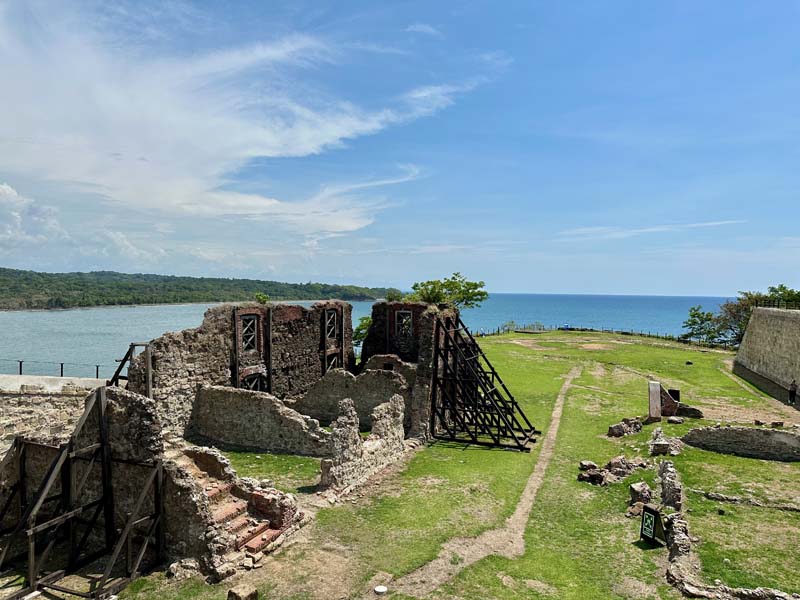
Figure 1: Ruins of San Lorenzo Fort in Panama
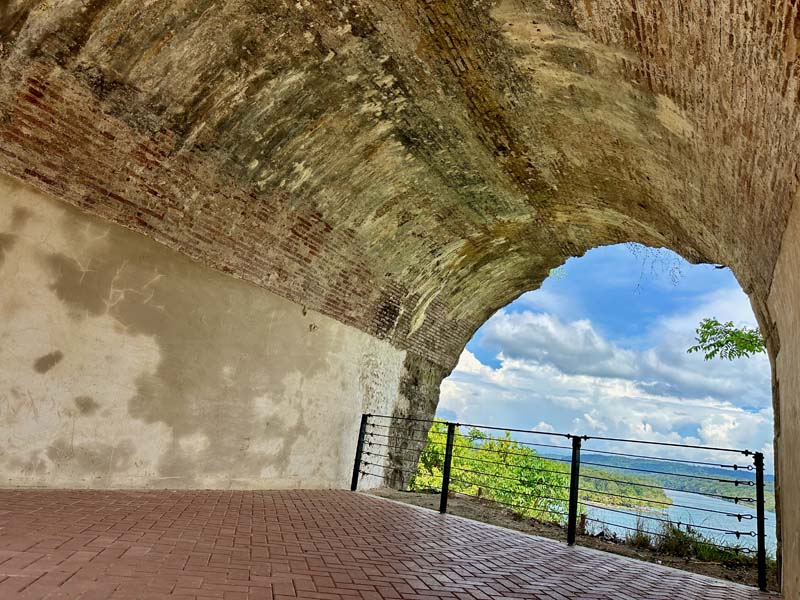
Figure 2: Detail of round arched brick ceiling with view of Chagres River at San Lorenzo Fort
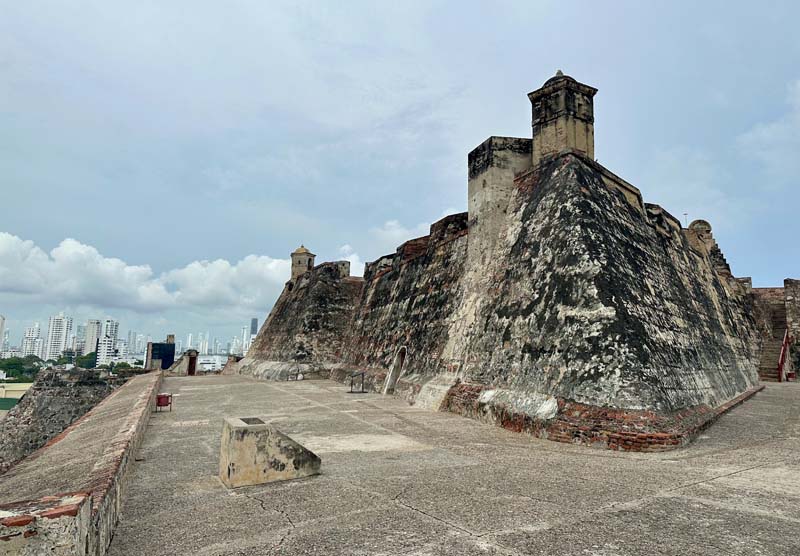
Figure 3: View atop San Castillo Fort in Cartagena
Aside from the canal, these historic shipping networks are still visibly present at their UNESCO-designated forts: San Lorenzo and Portobelo in Panama and the San Castillo Fort and Fortification Walls in Cartagena. These forts all face the Caribbean Sea, and together comprise the most extensive and one of the most complete systems of fortifications in South America. Having visited each of these forts, I can say that they tell similar narratives of swashbuckling pirates and colonialism. Some walls are original, others have been reconstructed. In any case, tourists sure do like seeing those cannons pointed outwards.
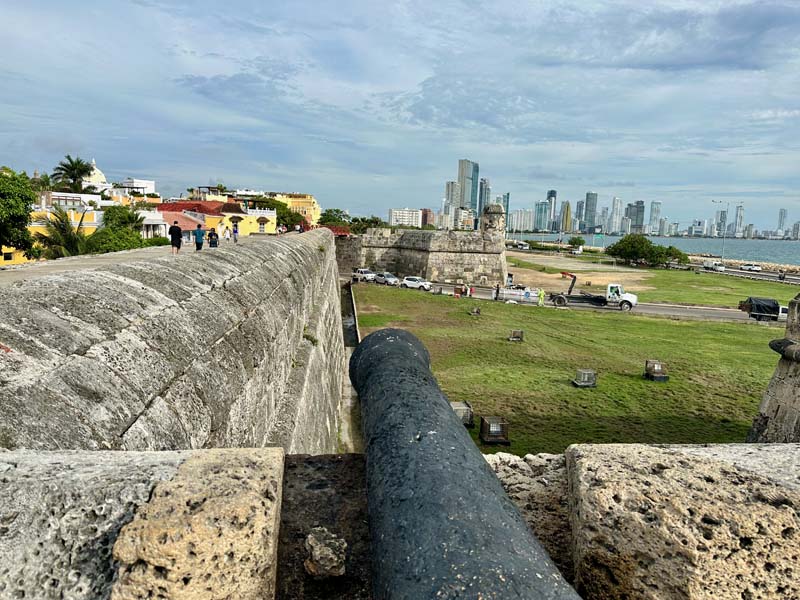
Figure 4: Canons aimed towards the Caribbean Sea at San Castillo Fort. Bocagrande district of Cartagena in the distance
I wanted to understand the historic relationship between these two cities, so I needed to view both according to their original primary entrances: from the sea. I spent five days sailing from Panama to Colombia on Alessandra, an 85’ wooden schooner that was built in New Zealand in 1988 as a near-replica of a 16th-century pirate ship. It was both more glamorous and less glamorous than you might imagine.
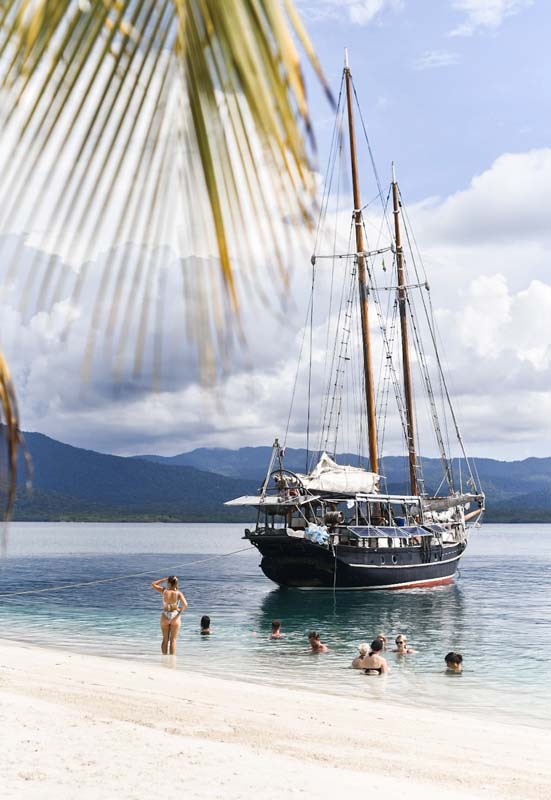
Figure 5: The Alessandra, my transport through the San Blas Islands
There is something ancient about sailing. In contrast to the mechanized sights and sounds of the cargo boats passing through the Panama Canal, sailing is full of creaks and breezes. Sailing provides a tangible reality of the in-between that is often unspoken in histories of seafaring. After only five days at sea, I became strongly aware of all of the nothingness in between destinations. I also became strongly aware of the lack of plumbing and fresh water.
Sailors and pirates surely must have fought boredom between conquests. They must have entertained themselves with social dramas and nightly storytelling in ways that do not often surface in contemporary tales of their own historic adventures. Sailing as transportation is time made visible, a manifestation of distance. After days at sea on a sailboat, "where" becomes "when," with only a vast expanse of "now" forming swells to propel you forward. Until the destination appears out of nowhere, and everything becomes "suddenly."
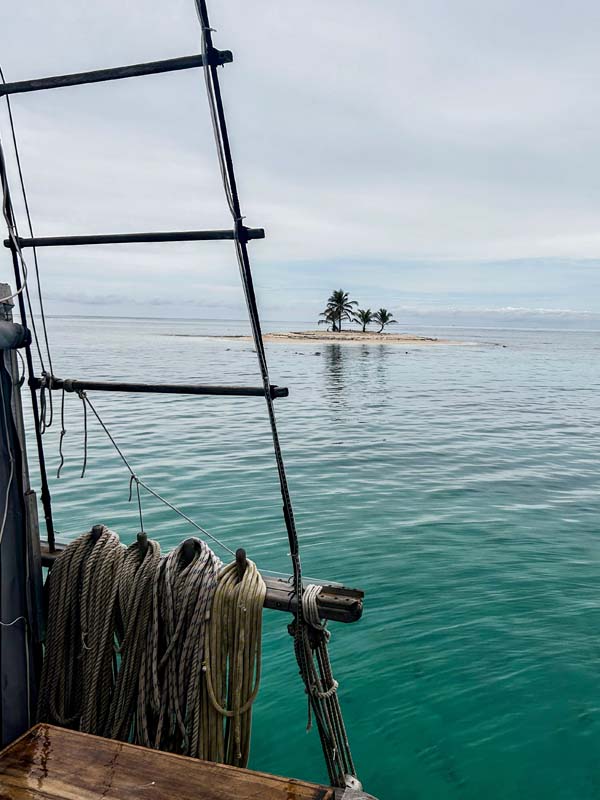
Figure 6: View from the Alessandra of one the many San Blas Islands
Yet even this vision of a "vast expanse of nothing but sea," is not true. We sailed through the Comarca de San Blas, a semi-autonomous province that belongs to the Guna Yala. This Indigenous population of about 60,000 has multiple villages across the 365 San Blas islands. Many of these islands are sandbars that are too perfect to photograph, paradise made unbelievable by decades of computer screensavers. Other islands host dense, sophisticated villages.
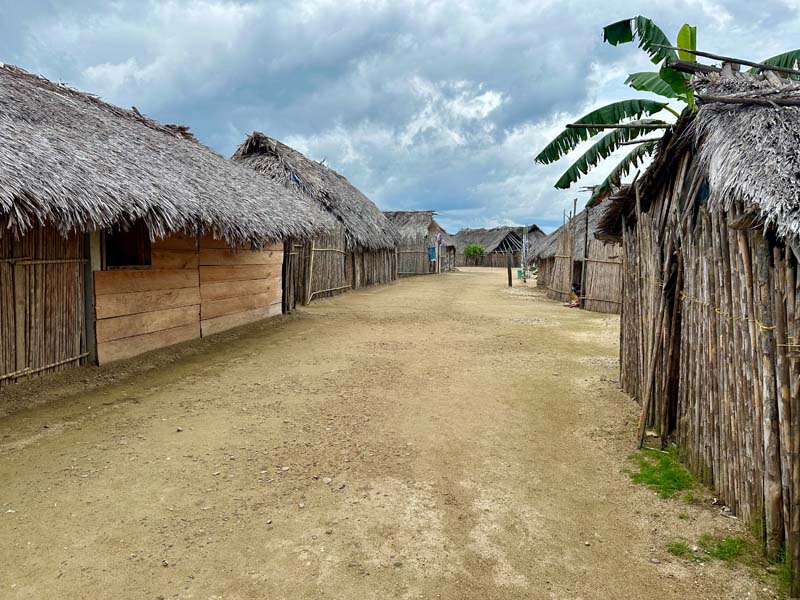
Figure 7: View of road in Guna Yala village
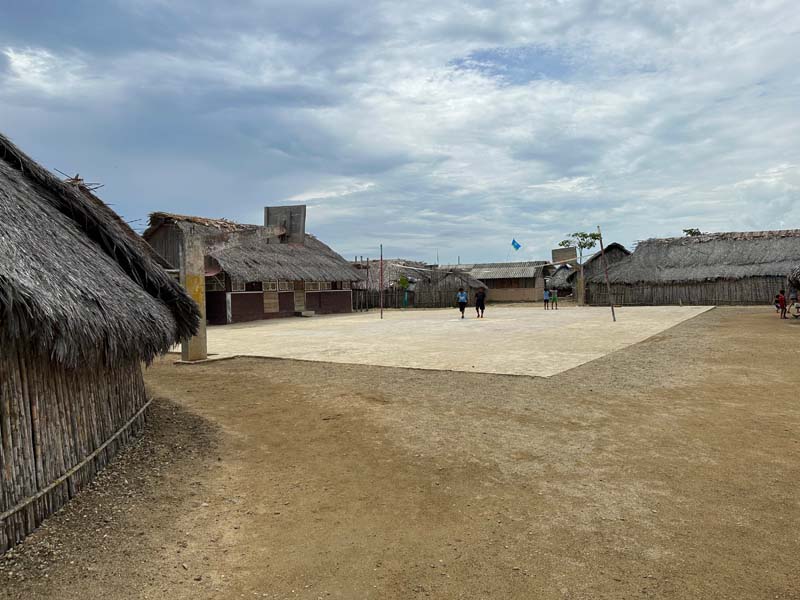
Figure 8: This court forms a major public space in the village
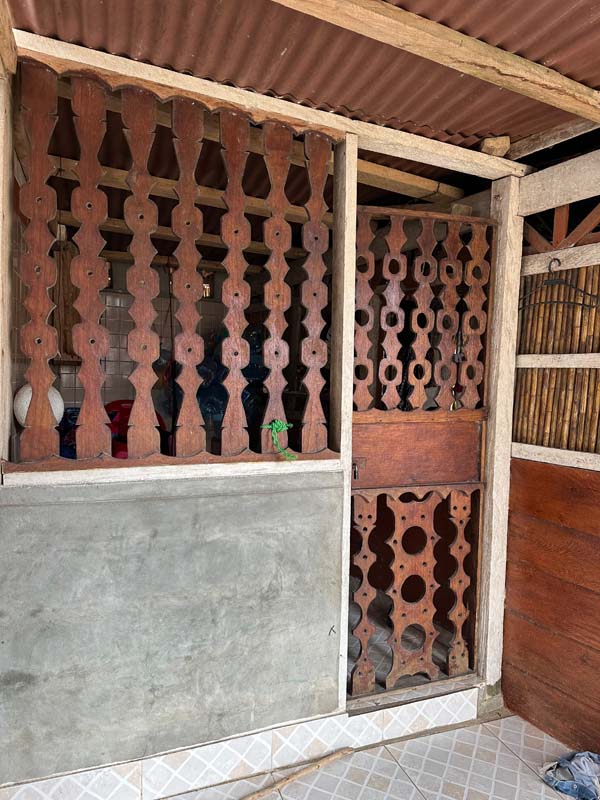
Figure 9: Detail of typical wooden entrance to Guna Yala storefront, likely hand carved local Mahogany
The Guna Yala villages present a complex urban reality that appear seemingly out of nowhere. At one community of about 900–1,000 people, I could see there was indoor plumbing via PVC piping in straight lines visible under dirt roads. Public buildings are constructed of concrete while residences are of bamboo, each with an internal courtyard. A grid-like plan is oriented around key public spaces, with paved basketball courts, governance centers, and a public square designated for drinking a locally fermented alcohol on days where a female child is born. Coconuts are a form of currency and solar panels charge satellite dishes above palm-thatched roofs.
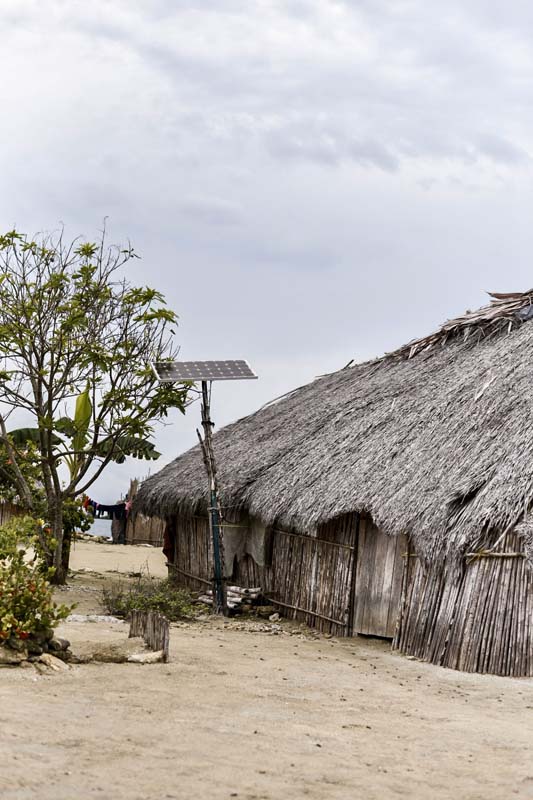
Figure 10: Detail of solar panel for individual residence
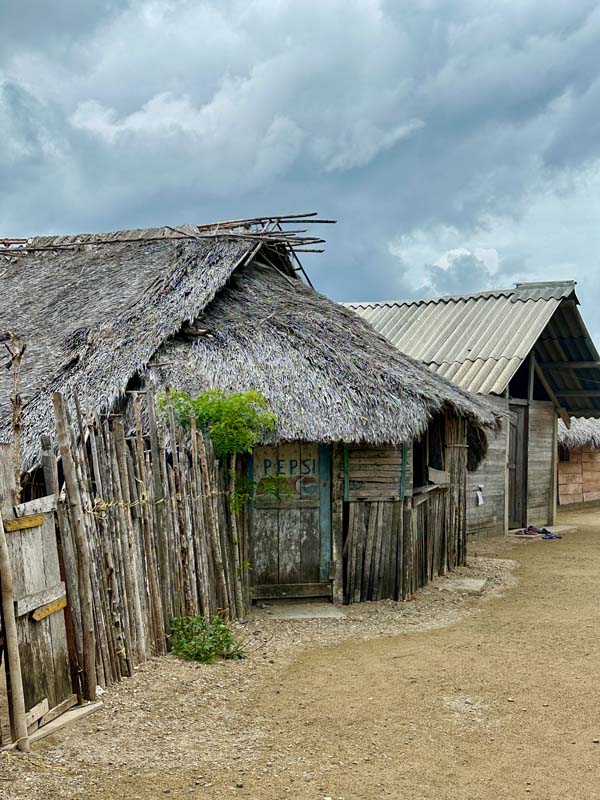
Figure 11: Modernity mixes with tradition throughout this Guna Yala village
Once we left the San Blas islands and headed to open sea, the term "new world" made a little more sense to me after having sailed across the Colombian border. Days at sea were punctuated by a distant shoreline of dense jungle on steep cliffs. There were whole days where no other boats were in sight, no visible buildings on the distant shoreline, only open sea in many directions. I couldn’t help but think of those European explorers in the 15th and 16th centuries, seeing this same coastline of dense jungle with no buildings. From this perspective on a boat, where everything is rich and green, so threateningly dense with forest, the New World they did not "discover" can still appear so completely illegible and alluring at the same time.
The Colombia-Panama border is abstracted at sea, and only designated as a border in 1903 anyway. There were no boats or customs officers in sight, just a craggy outcropping. That is a truly delightful way to cross a border, borderless. I could not help but think that the Darién Gap looks a lot more romantic from sea than on land. Right now, there are thousands of vulnerable, determined individuals crossing that jungle to head north to the United States border.1 That jungle was too dense for Europeans to survive in hundreds of years ago, and for good reasons it is still labeled as "impassable" today. Yet here I am, waxing poetic about that jungle as a gorgeous, distant coastline. The way we approach a place deeply effects the way we understand its value, even if we only see it as a façade presented to the outside.
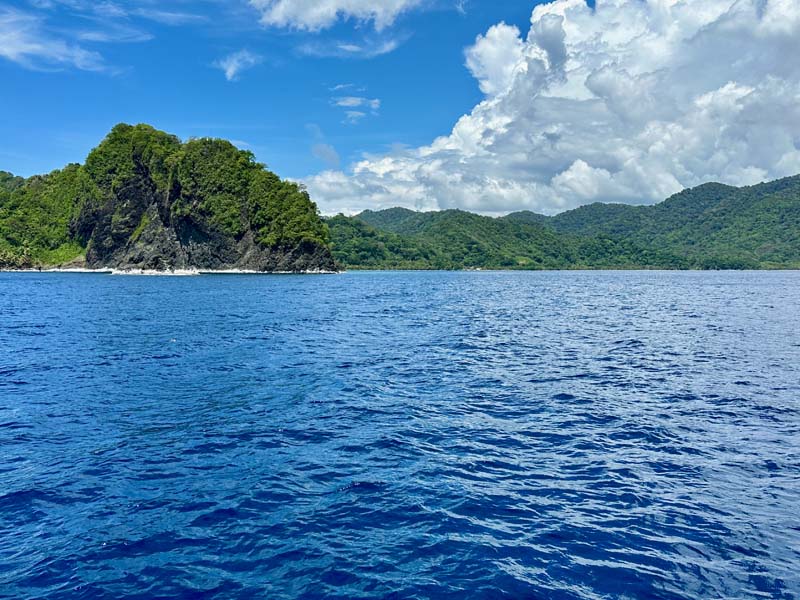
Figure 12: View of border crossing at sea. The rocky outcropping marks the Colombian border and the jungle to the right is a portion of the Darién Gap.
In travel, the way we first arrive somewhere foreign is rarely a great experience—usually it is a mess of baggage and vendors, traffic congestion and confusion, a vulnerable jostle of strangers at an airport or train station. But in sailing, I’ve experienced the privileged anticipation of a slow approach, the first appearance of land far in the distance, the civility of stone walls and chaotic markets as a promise to come.
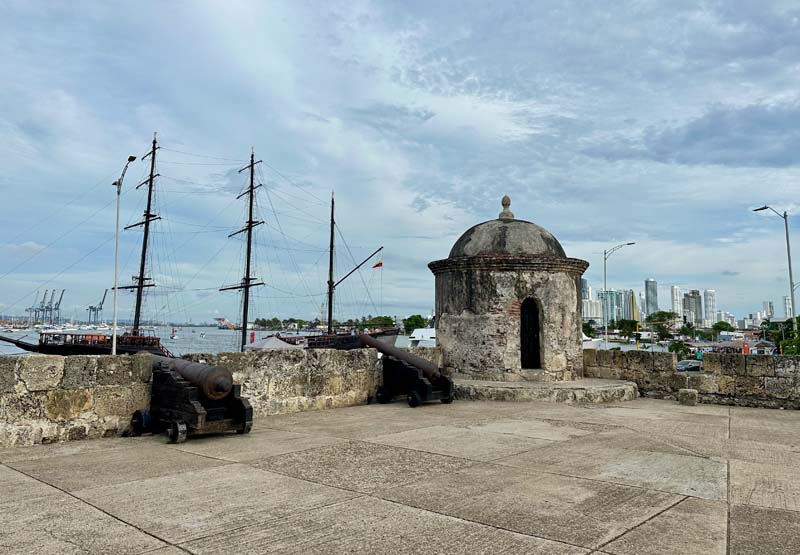
Figure 13: Atop the walls of Cartagena as a ship docks
The true façade of Cartagena is only visible when approaching from the ocean. On land it is delicious confusion, hard to tell where the primary "entrance" to the old city is except through the Clock Tower gate at the rear. Massive walls surround the perimeter of the UNESCO-designated old city, constructed of stone and coral in the 16th century to protect European claims to the city against pirates and other nations. According to UNESCO, these walls are the most remarkable system of fortifications in all of Latin America. Approaching from the sea, those walls seem impenetrable from the outside. For others, those walls may have resembled a cage to keep them inside instead.
For many years, Cartagena de Indias was the primary port in South America for receiving enslaved peoples brought from Africa. Tour guides, preservation strategies, and museum exhibitions embrace the realities of this history. Much of the tourist infrastructure celebrates the mix of African, Indigenous Caribe, West Indies, and other cultures that comprise Cartagena’s population. Right outside the gates of the old town, the former Plaza de las Negras (Black Plaza) was renamed the Plaza de la Paz (Plaza of Peace), where demonstrations of African-influenced folkloric dances such as the Mapalé occur nightly. This square historically functioned as a place where both enslaved and free blacks sold produce and meats at market.
The museum at the Palace of the Inquisition tells a story of oppression in a different light. Housed in a set of three interconnected 18th-century houses forming a palace, it is one of the city’s most impressive examples of Spanish Colonial architecture. As the museum notes, however, focusing solely on the building’s architectural qualities would conceal the stories of unjust suffering and persecution that occurred inside. The Court of the Holy Office of the Inquisition was established in Cartagena in 1610, the third in the Americas after Mexico and Lima. During its 200 years of operation in the city, the Court investigated, tortured, and punished almost 900 people.
The exhibits provide a remarkably nuanced, refreshing take on the Spanish Inquisition in South America. Details were provided regarding individual names and accusations, including information that countered those investigations. Exhibits on local medicinal and spiritual practices were arranged in direct contrast to accusations of witchcraft, for instance. The museum explicitly acknowledges torture and suffering without veering too far into fetishized dark tourism strategies. Above all, it promotes a clear message of tolerance and human rights. These exhibits, combined with the graffiti outside the museum doors, provide an unexpected contrast to the more typical educational plaques and whitewashed walls at the city’s restored Cathedral de Santa Catalina de Alejandría, a major tourist destination just a few blocks away.
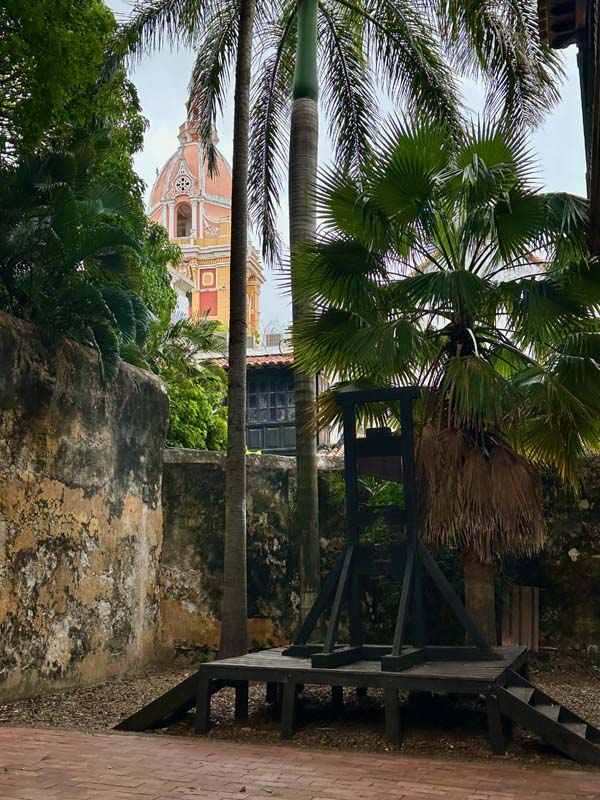
Figure 14: Courtyard of the Palace of the Inquisition
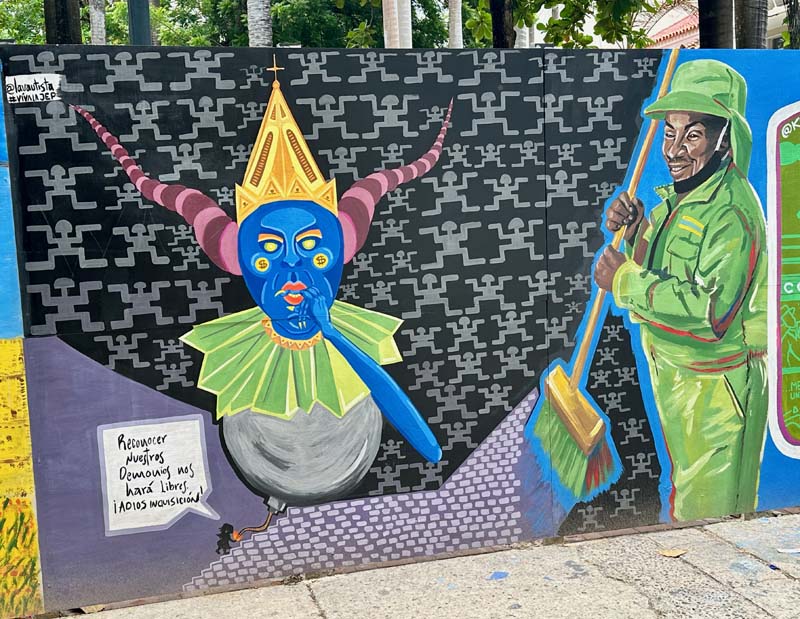
Figure 15: Mural outside the entrance to the Palace of the Inquisition reads "Acknowledging our demons will set us free. Bye Inquisition!"
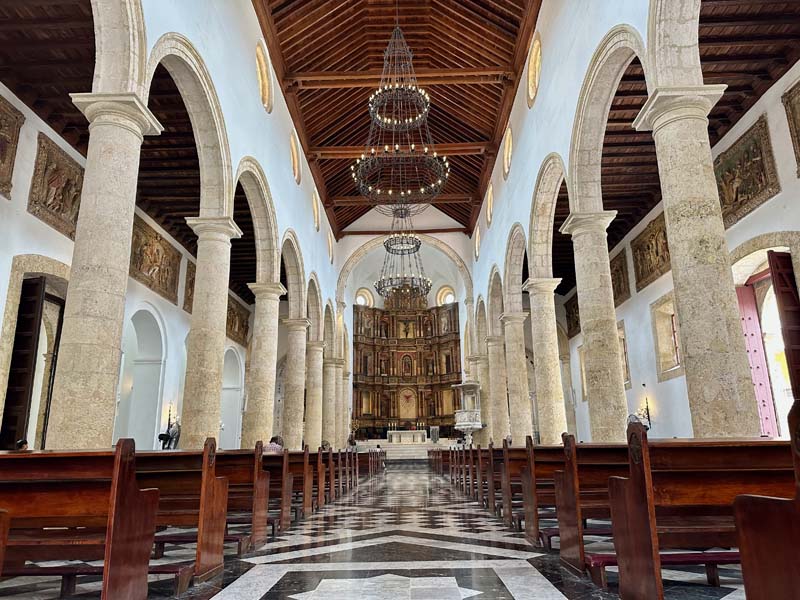
Figure 16: Inside the Cathedral de Santa Catalina de Alejandría
Cartagena is also the place where the first independence processes in America took place. It was the first province to become independent from Spain in 1811. Long before then, it also hosted the first free settlement of Africans on the continent, the town of Palenque de San Basillo. The town was founded in the 16th century by Benkos Biohó, a former African king from either the Democratic Republic of Congo or Angola, who was sold into slavery and escaped the slave port of Cartagena in 1599. Established over the next several decades due to a sophisticated, hidden information network that included braided hair in codes, Palenque became a refuge for Africans and those of African descent. Local authorities recognized the freedom of its inhabitants with mixed results in the early 1600s, and the town was officially declared free by the Spanish Crown in 1691. This made them the first free Africans in the Americas and Palenque the first free settlement on the continent. Today, women from Palenque still travel into Cartagena, wearing colorful dresses and carrying fruits atop their head to pose for photos with tourists, a modern incarnation of the palenquero.
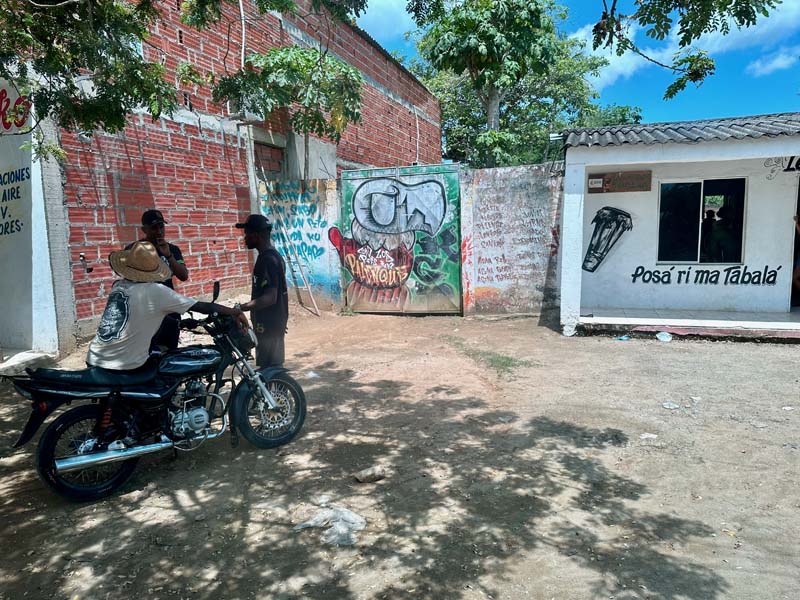
Figure 17: The school of dance in Palenque, with palenquero language on the walls
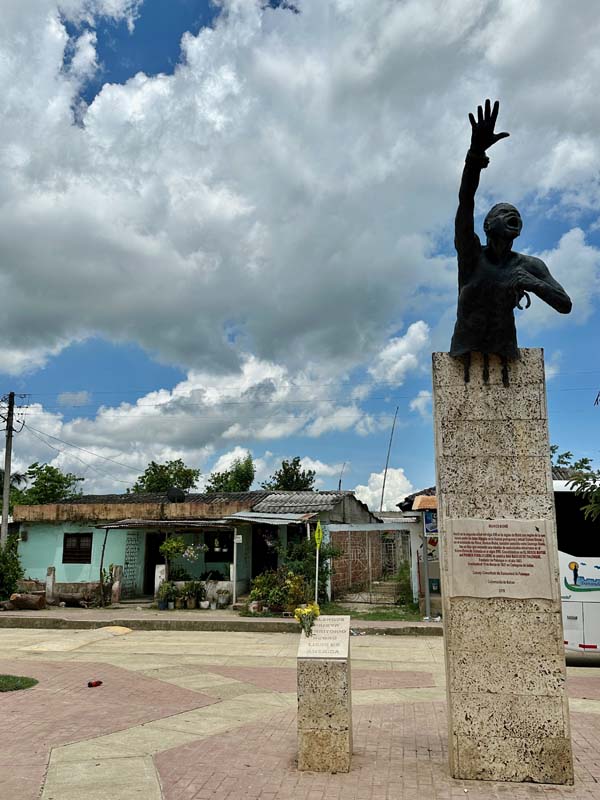
Figure 18: Monument to the founder of Palenque, Benkos Biohó
I visited the town of Palenque on an impossibly hot day in June, about an hour’s drive inland from Cartagena. UNESCO declared the town a Masterpiece of the Oral and Intangible Heritage of Humanity in 2005, and since then only a small number of tourists actually make their way to Palenque from Cartagena. I took a tour with Black Legacy Experiences, a company with strong ethics surrounding tourist engagement via participation in activities that promote and perpetuate the heritage of Palenque. Needless to say, I was the only white person on the tour and in the town. I noticed my awkwardness at that, then I got over it (mostly). I learned to dance a traditional dance (badly) with a group of school children, took a boxing lesson (badly), sampled some herbal medicines (tasty), helped prepare corn meal from scratch (badly), and formed a few sentences in the Palenquero language (barely).
As the UNESCO designation indicates, Palenque has an oral heritage, an "intangible one." The buildings were all built in the last couple decades out of concrete. They were not the main attraction. How does one visit something officially deemed intangible? In other words, it was way outside of the comfort zone of a white American architectural historian who does not really study those methods or subjects.
Without having earned it, I was warmly welcomed by people who were very excited to share their heritage with me. This is a living culture with open arms. Although I found myself wanting to be invisible, I could not hide behind a camera in order to take pictures of old buildings. I could not hide at all. I could not view or analyze from a distance, instead I had to participate in order to understand. It was the extremely uncomfortable type of cultural engagement that I’ll be forcing myself to do more often.



Leave a commentOrder by
Newest on top Oldest on top